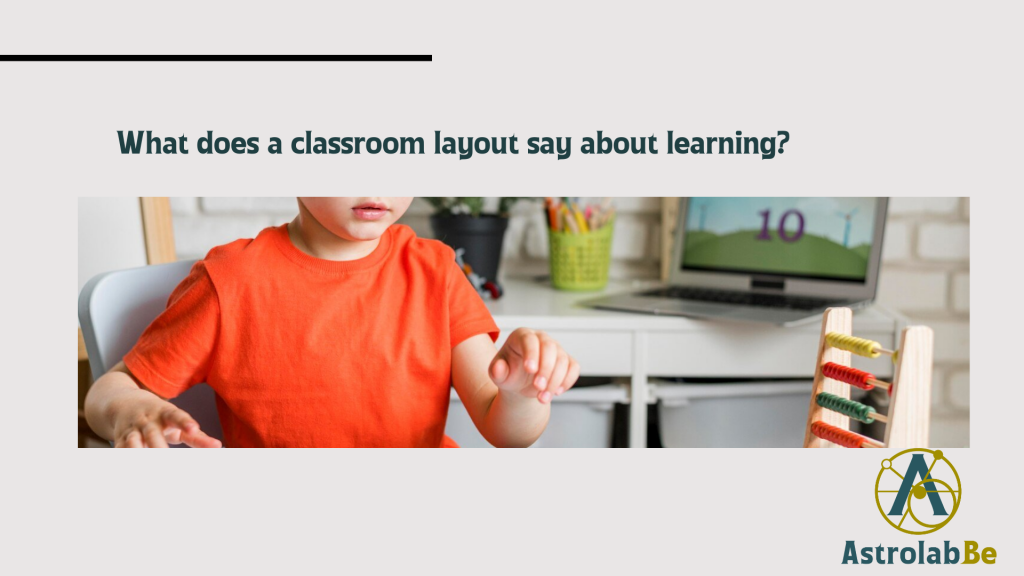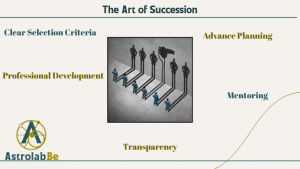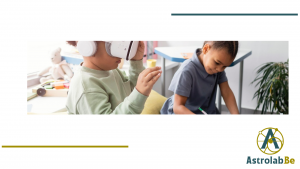
Dear Educators,
As we embark on another academic year, it is essential for us to take a moment to reconsider our classroom setups and reflect on how these spaces can truly promote learner agency. While we often focus on curriculum, teaching strategies, and educational materials, the physical environment in which our students learn plays a significant role in their educational journey.
Let’s begin by examining the furniture and layout of our classrooms. Are our students’ desks arranged in a way that encourages independence, collaboration, and active participation? Do we have purposeful spaces for independent reading, writing, and exploration? These questions prompt us to think about the flow and functionality of our classrooms.
One crucial aspect to consider is the teacher’s desk. Its placement and design send a powerful message about student agency. Does it sit prominently in the center, emphasizing the teacher’s authority, or is it tucked away, allowing for a more equal and inclusive classroom atmosphere? Kindergarten and Primary teachers, what if we used the same desk type as our students’, instead of a big, imposing teacher’s table? How might this change the dynamics and perception of authority in the classroom? Alternatively, what if we completely removed the teacher’s desk to create more room for student-centered activities and interactions?
Decoration and displays in our classrooms also play a vital role in promoting authentic learning. When selecting what to display, consider the intentional purpose behind each item. Student work displays should be thoughtfully chosen to provoke reflection on their learning journey. For our younger learners, featuring pictures of significant learning moments can spark conversations about their experiences and emotions during those moments. Remember to display these items at their eye level to make them easily accessible and engaging.
As we prepare our classrooms for the year ahead, let us remember that the physical environment is not a passive backdrop but an active participant in the learning process. By carefully considering our classroom setups, we can create spaces that empower students to take ownership of their learning, make choices, and voice their thoughts and ideas.





